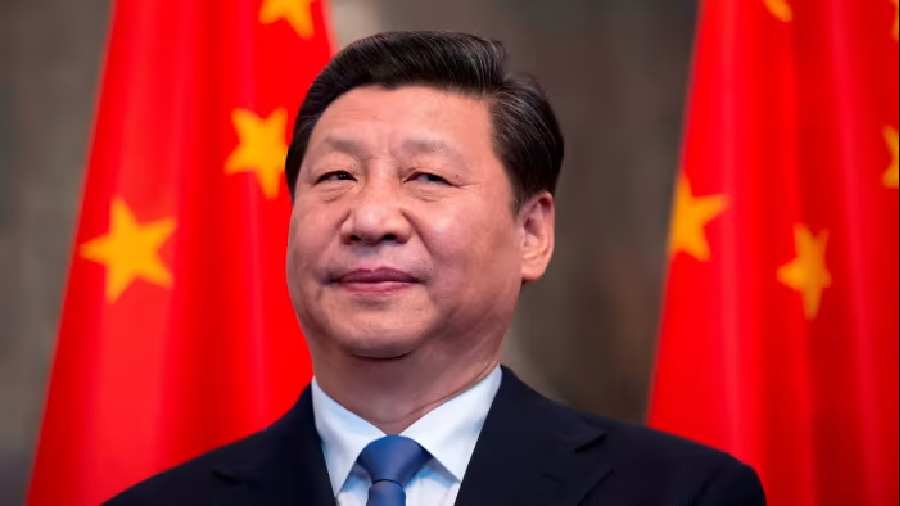News that China’s population has declined for the first time since the Great Famine has rightly attracted attention. After all, it has for long been the world’s most populous country. Just over half a century ago, concern over population growth outstripping resources or planetary ecological limits took note of China on this count. The Chinese government made major policy shifts accepting such logic and enforced the one-child norm from around 1980.
How one views the relationship between the number of people and resources has long been a matter of serious contention. The first-ever UN Conference on the Human Environment in Stockholm in 1972 saw this division come out in the open. Echoing the work of the Stanford biologist, Paul R. Ehrlich, whose book, The Population Bomb, had been published four years earlier, developed countries pinned the blame for environmental decline on human numbers, namely on the developing countries in Asia, Africa, and Latin America.
Significantly, both China and India, who were rarely on the same page at the time on world affairs, took a different view. In line with other countries that had long been dominated by the West, they pointed to the disparity of the impact on resources depending on the nation and income groups. The echoes of Malthus in the new global environment debate did not find support.
This was to change. While coercive family planning had a short and deadly run in the 18-month-long Emergency in India — and was rejected by the voters — China made a volte-face and embraced the one-child-norm policy. In the aftermath of Mao Zedong’s era, the new powerbroker, the vice-premier, Deng Xiaoping, helped control family size via strong disincentives and incentives through State policy. Earlier, the communist party had put the issue on the back-burner. There was discussion on the issue in the early years after the 1949 revolution but Ma Yinchu, a demographer and head of the then Peking University, was side-lined in 1955 when Mao argued against the position.
Three years later came the Great Leap Forward with a promise of plenty by expanding production to new, uncultivated lands. China is vast, but nearly a third of the country is desert: the Gobi, the Taklamakan and Ordos. Much of Tibet is mountainous. The expansion of agriculture to arid lands and deep ploughing to promote yields backfired. Though the news was suppressed, subsequent research suggests not less than 30 million deaths as grain was also taken away by the government. This demographic disaster was hidden till the late 1970s when archives and records were opened up.
By the time the reformer a began and economic growth via incentives replaced ideological motivation as the main driver of change, the debate saw a revival.
To put it simply, China had a fifth of the world’s people but only 7% of its arable land. Historically, this was less of an issue than one might suspect. Mark Elvincites Jesuit missionaries, who had lived long and travelled extensively in 18th-century China, praising its agricultural techniques. In the south and the southwest, yields were higher than France of the time. Not only was human waste carefully stored and used but investment in hydraulic systems also enabled high seed yield ratios. Until the agricultural revolution in western Europe, China, like India, was ahead in yield per unit land.
Where the population issue came into play was in China’s political culture. More than one ruler in the last century saw numbers as a measure of success: more hands to work and also more men to enlist in the army. The dictators of the 1930s— Hitler and Stalin — both promoted large families. So too did the French who had faced a united Germany in a war in 1870 and were outnumbered.
Where China stands out is the ability of the government to make major policy shifts and carry them out. The one child norm held for over 30 years. But the world’s most populous nation falling behind in the numbers game is a major milestone.
Mahesh Rangarajan teaches History and Environmental Studies at Ashoka University










